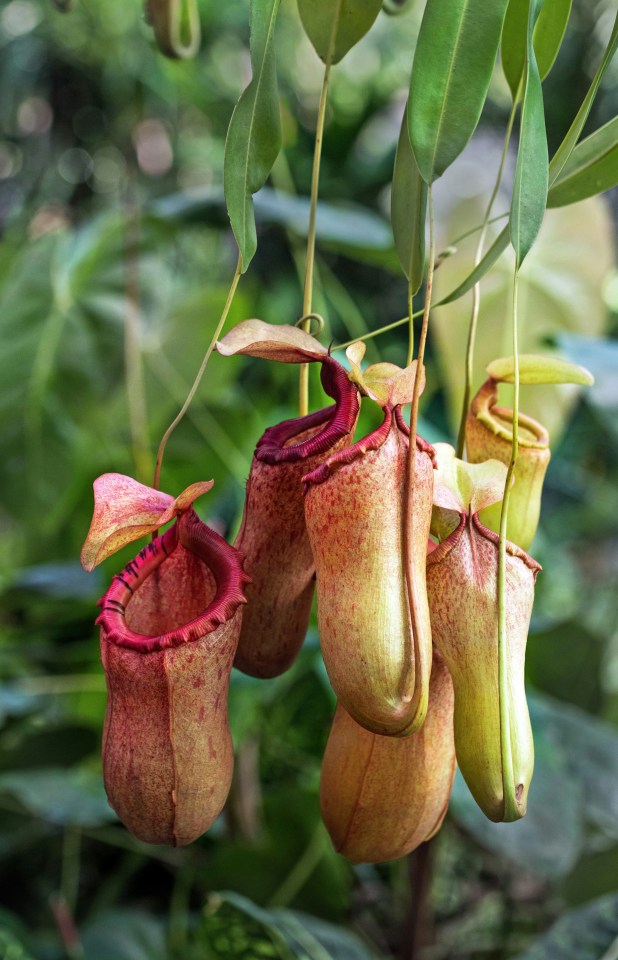#god sorbus literally nobody asked
Explore tagged Tumblr posts
Text
“Pitcher Plant”
I dislike the term “pitcher plant”. It reeks of outdated ignorance and describes a vast number of species from around the world, many of which are not closely related to each other.
As a botanist, and an evil one at that, I prefer to be precise with my language. You too can become an educated scientist and terrific snob by using the correct terms for each variety of “pitcher plant”. If you require education on the matter, allow me to inform you.
There are three families of “pitcher plant”: Sarraceniaceae, Nepenthaceae, and Cephalotaceae. Sarraceniaceae has 3 genera — namely Sarracenia, Heliamphora, and Darlingtonia. Nepenthaceae has a single genus (Nepenthes), and Cephalotaceae has a single species. An entire family with only one species. Ugh.
Now, they look quite distinct from each other, so here are some photos and facts.

This species belongs to Sarracenia, the North American or trumpet pitcher plants. Note the height and slender shape.

This is also a Sarracenia. Note the lack of height and squat shape. Most Sarracenia species look like one of these two — they are quite easy to identify. They are found in boggy, temperate areas around North America and reach a height of up to 4 feet tall.

This is a stunning example of a Nepenthes (tropical pitcher plants) species. These are what you likely think of when someone mentions “pitcher plants”. Beautiful, found in warm, humid regions of the world. They are climbing vines and pitchers can reach over a foot tall (this is species-dependent).

This is an example of Heliamphora, the sun pitchers. They can be found in South America. While still belonging to the family Sarraceniaceae, they are not as tall as Sarracenia, but still quite graceful. If you have a mind for Greek, you may wonder if the “heli” in Heliamphora is for sun (from “helios”). It is not. The name Heliamphora instead comes from “helos”, meaning marsh. The name “sun pitcher” is misleading and comes from a misunderstanding — these plants would be more accurately called “marsh pitchers”.

I have a passionate love-hate relationship with Cephalotus follicularis. Cephalotus is a monotypic genus (a genus with only one species) and of course it is Australian. They look similar to Nepenthes but are unrelated and much smaller — the plants reach just shy of 8 inches tall.
There are also the cobra lilies, Darlingtonia, which belong to Sarraceniaceae. Those are arguably similar enough to Sarracenia that they do not need to be discussed here. Darlingtonia is another monotypic genus within Sarraceniaceae.
Now you have absolutely no excuse. You have been informed on the major genera of “pitcher plants” and should weaponize this knowledge as you see fit.
The brilliant and brave may also wish to weaponize the plants themselves. Kindly send me updates if you do. I am ever so curious…
#god sorbus literally nobody asked#tash is tagging#sarracenia#heliamphora#nepenthes#celphalotus#carnivorous plants#pitcher plants#mad science#I didn’t sign up for this#how did I end up here#taxonomy#the more you know#plant identification#sorbus aucupar#peer-reviewed
2K notes
·
View notes